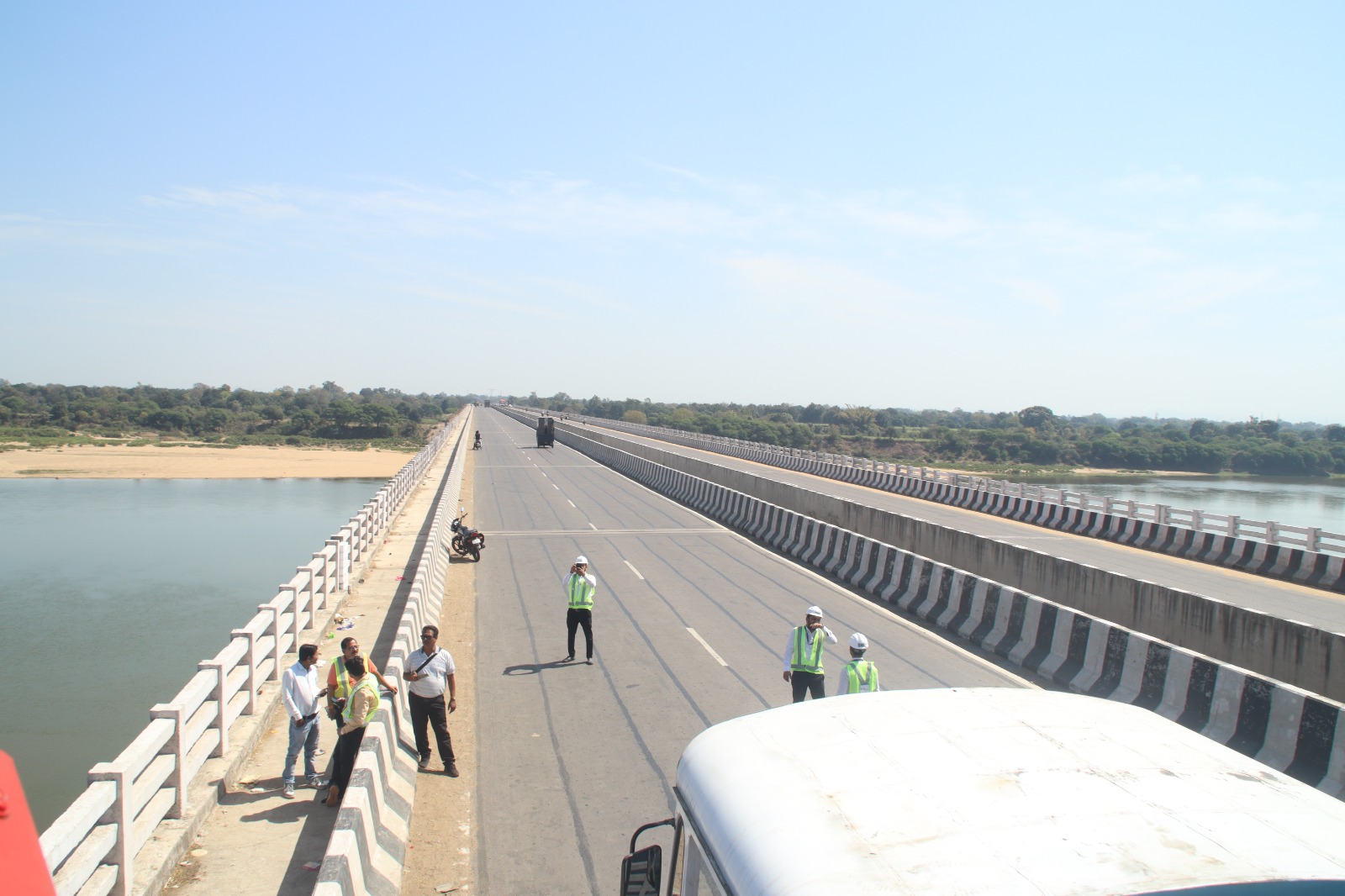From Arches to Cables: The Engineering Feats Powering Iconic Bridges

The Significance of Bridges in Modern Infrastructure
Bridges are more than functional structures—they symbolize connectivity and human resilience. From ancient arches to modern marvels, they push the limits of engineering, spanning rivers, valleys, and even oceans. This blog explores the engineering innovations that make iconic bridges possible, from design challenges to groundbreaking construction techniques.
1. The Evolution of Bridge Design
Bridges have come a long way, from ancient stone arches to modern suspension and cable-stayed designs.
- Ancient Arches: Roman stone bridges relied on compressive forces and are still in use today.
- Suspension Bridges: Enabled by steel cables, iconic bridges like the Golden Gate allow for longer spans.
- Cable-Stayed Bridges: Known for their efficiency and aesthetics, these bridges, like France’s Millau Viaduct, are engineering marvels.
2. Innovative Materials: Steel, Concrete, and More
Material selection plays a critical role in bridge construction:
- Steel: Offers high strength and flexibility, ideal for long spans like the Sydney Harbour Bridge.
- Reinforced Concrete: Combines the strength of concrete with steel’s tensile properties, seen in bridges like Vasco da Gama.
- Composite Materials: Future bridges may utilize carbon fiber and polymers for superior durability.
3. Overcoming Engineering Challenges
Bridges face numerous obstacles, from extreme weather to seismic forces:
- Weather & Traffic: Bridges like Japan’s Akashi Kaikyō are designed to withstand typhoons and earthquakes.
- Seismic Considerations: Flexible designs ensure resilience during earthquakes, as seen in the Golden Gate Bridge.
4. Iconic Bridges: Feats of Engineering
A few examples of iconic bridge engineering:
- Golden Gate Bridge: Known for its long suspension span and seismic resilience.
- Millau Viaduct: The world’s tallest bridge, showcasing cable-stayed design and precision.
- Øresund Bridge: A hybrid bridge-tunnel design connecting Denmark and Sweden.
5. Technological Innovations in Bridge Construction
- Drones: Revolutionize bridge inspection by providing real-time data and improving safety.
- 3D Modeling: Allows engineers to simulate stresses and streamline construction processes.
- Modular Construction: Speeds up building time and minimizes environmental impact.
6. Sustainable Bridge Design
As sustainability becomes a priority, eco-friendly practices are being adopted:
- Recycled Materials: Bridges increasingly use recycled steel and concrete to lower their carbon footprint.
- Green Bridges: Incorporating green spaces promotes biodiversity and reduces urban heat.
- Energy Efficiency: Solar panels and wind turbines are being integrated into modern bridges.
Conclusion: Engineering the Future of Bridges
Bridges are a reflection of humanity’s drive to connect. As engineering continues to evolve, future bridges will be more resilient, efficient, and sustainable, from ancient stone arches to futuristic smart designs, bridging the gaps that unite us.

